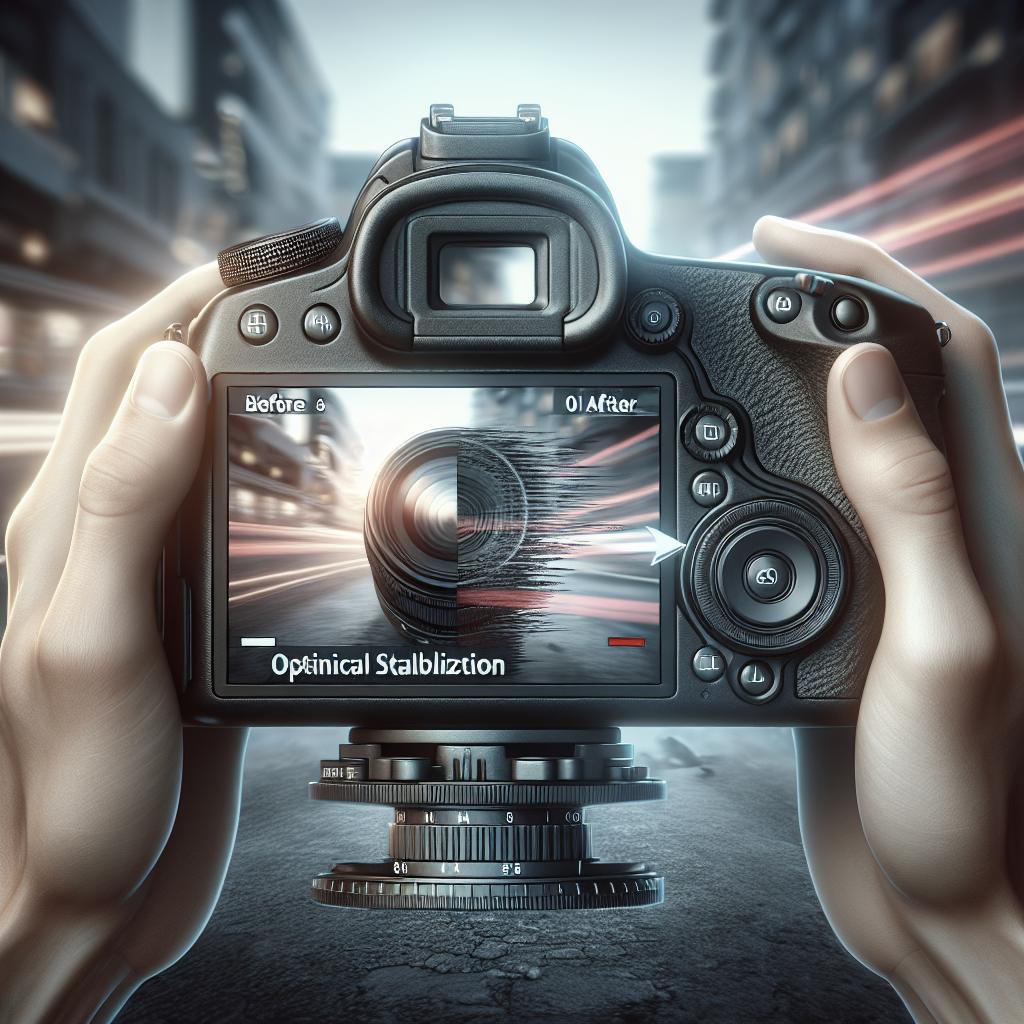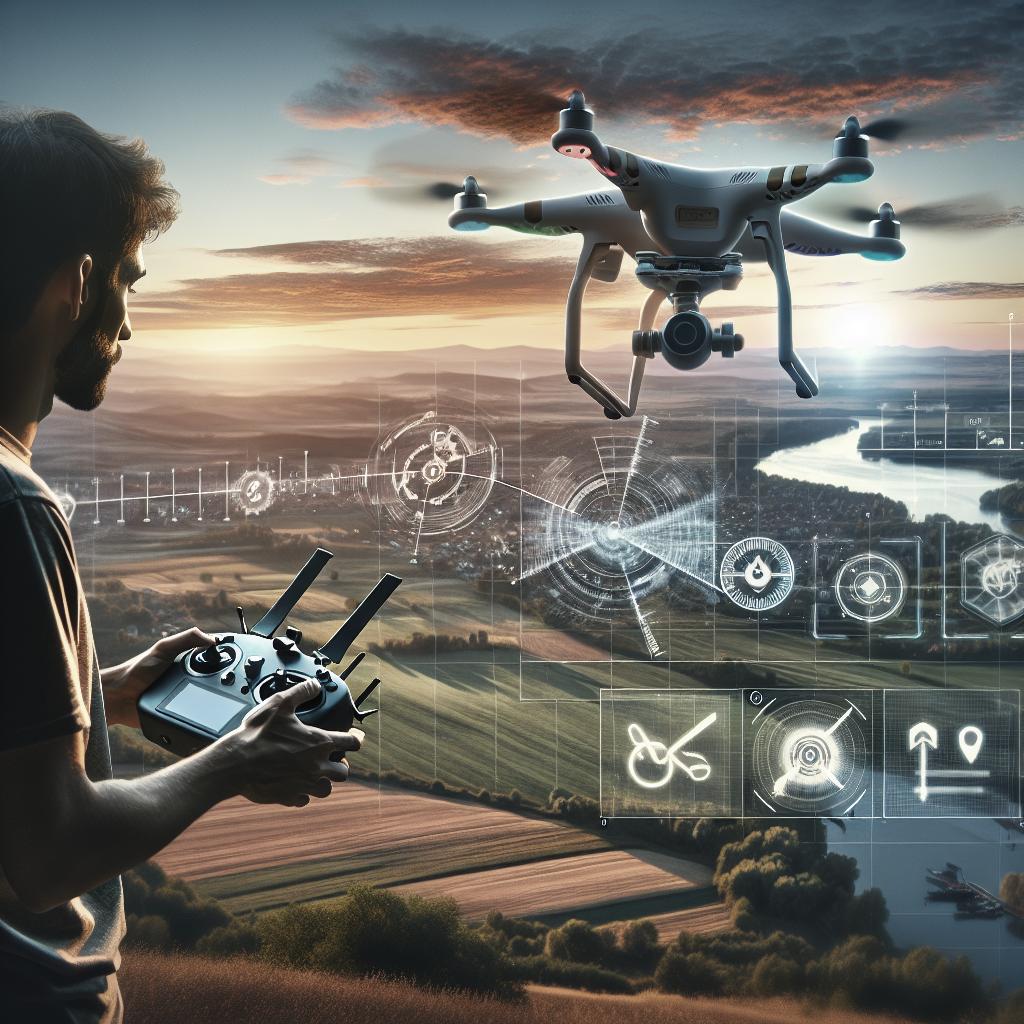“`html
Creative Uses of Drones in Filmmaking
In the rapidly evolving world of filmmaking, drone technology has emerged as a game-changing tool that offers filmmakers unprecedented creative possibilities. This blog explores the role of drones in modern film production, focusing on their impact on costs, popular models, and professional alternatives. We delve into case studies that highlight how drones can be skillfully integrated into production budgets and examine the advantages and drawbacks of using them. Finally, we’ll consider what future possibilities may hold for drone technology in the industry.
Overview of Drone Technology in Filmmaking
Drones have soared into popularity within the filmmaking industry due to their ability to capture stunning aerial shots that were once only possible through helicopters and cranes. They provide a fresh perspective, enabling directors and cinematographers to enhance storytelling through breathtaking visuals. Drone technology has progressed rapidly, allowing for better camera stabilization, longer battery life, and increased control, making them versatile tools in the film production toolkit.
In addition to their cinematic contributions, drones also offer logistical advantages. They can be deployed quickly and in hard-to-reach locations, reducing the time and effort needed to set up traditional equipment. This flexibility allows filmmakers to pursue more creative shots without the constraints of conventional methods, pushing the boundaries of visual storytelling.
How Drones Impact Film Production Costs
One of the most significant advantages of drones in filmmaking is their potential to reduce production costs. Traditional methods of achieving aerial shots often require renting expensive equipment or helicopters, which can strain budgets, especially for independent filmmakers. Drones offer a cost-effective alternative, providing high-quality footage at a fraction of the price.
Furthermore, drones require fewer crew members, thus reducing labor costs. With a single skilled operator, filmmakers can capture complex shots that would otherwise demand a larger team. This efficiency not only reduces expenses but also streamlines the filming process, allowing for more flexibility in allocating resources to other areas of production.
Popular Drone Models and Their Costs
There are several drone models that have gained popularity among filmmakers due to their features and affordability. The DJI Phantom series, for example, offers excellent camera quality and user-friendly controls at a reasonable price point, making it a favorite among amateur and professional filmmakers alike.
For higher-end productions, models like the DJI Inspire 2 offer advanced features such as dual-operator functionality and a high-performance camera system, although at a higher cost. Meanwhile, the Parrot Anafi focuses on compactness and portability without sacrificing video quality, providing a good balance between price and performance. Each of these models offers different capabilities to suit varying production needs and budgets.
Professional Drone Alternatives for Filmmaking
In addition to popular consumer models, several professional-grade drones are designed specifically for filmmaking. These include models such as the Freefly Systems ALTA 8 and the DJI Matrice series, which provide options for mounting larger, cinema-quality cameras. These drones are built for stability, precision, and the ability to withstand various environmental conditions.
Professional alternatives often come with advanced features like customizable payloads and enhanced flight control systems, enhancing their appeal for high-budget productions that require the utmost in visual fidelity and reliability. Although these options come with a higher price tag, their capabilities justify the investment for filmmakers seeking unparalleled aerial imagery.
Case Studies or Examples of Drones in Film Budgeting
Several films have successfully integrated drones into their production to achieve stunning results. For instance, in the high-octane action sequences of “Skyfall,” drones were used to capture dynamic shots that added excitement and intensity to the film’s visuals without the need for costly helicopter rentals.
Another example is the documentary “Planet Earth II,” where drones were employed to capture wildlife in their natural habitats without disturbing them. This approach allowed the documentary team to adhere to budget constraints while still delivering breathtaking footage that brought viewers closer to the natural world. These case studies illustrate how drones can be both a creative and economical solution in filmmaking.
The Pros and Cons of Using Drones in Film Production
Using drones in film production presents several advantages, including cost savings, ease of access to difficult locations, and the ability to capture unique aerial shots that enhance storytelling. With the right equipment and expertise, drones can efficiently replace more traditional forms of aerial filmmaking like helicopters.
However, there are also challenges associated with drone use, such as legal restrictions, battery life limitations, and the potential for equipment malfunction. Additionally, the learning curve for effective drone operation can be steep, requiring investment in training and possibly additional licensing. These factors must be weighed carefully when deciding to incorporate drones into a film project.
Future Prospects
| Aspect | Summary |
|---|---|
| Overview of Drone Technology | Offers unprecedented aerial perspectives and logistical advantages for filmmakers. |
| Impact on Production Costs | Reduces equipment and labor costs while providing high-quality alternatives to traditional methods. |
| Popular Drone Models | Includes affordable consumer drones like DJI Phantom and high-end options like DJI Inspire 2. |
| Professional Alternatives | Features advanced models for cinema-quality filming, such as Freefly ALTA 8. |
| Case Studies | Films like “Skyfall” and “Planet Earth II” demonstrate cost-effectiveness and creativity. |
| Pros and Cons | Advantages include cost savings and perspective, while challenges involve legal and technical limitations. |
As technology continues to develop, the use of drones in filmmaking is expected to grow, offering even more advanced capabilities and integration options. While there are challenges to overcome, their potential to revolutionize film production makes drones an exciting and promising tool for the future of cinematic storytelling.
“`


